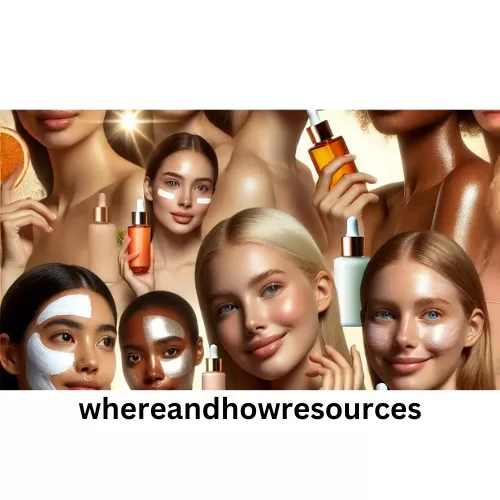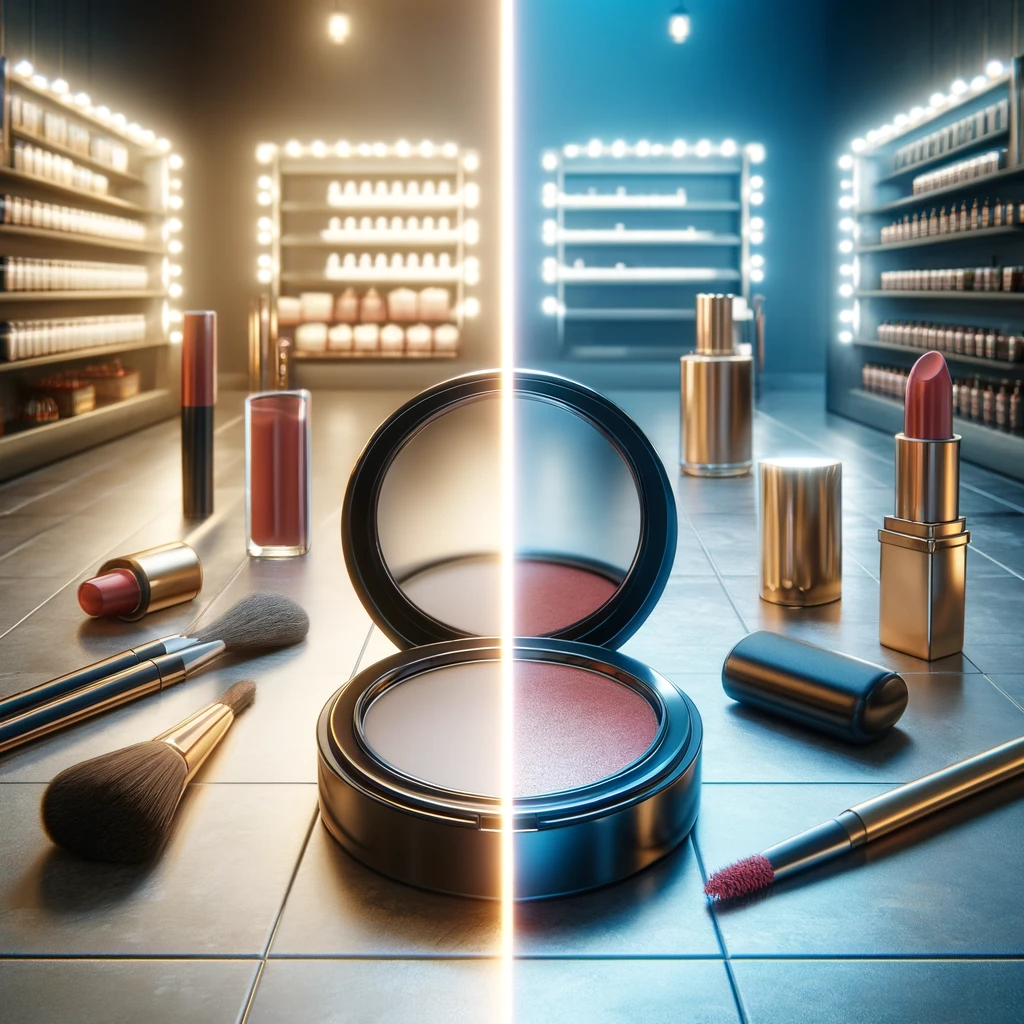Beauty Dupes vs. Counterfeits: How to Tell the Difference
Beauty Dupes vs. Counterfeits: The beauty industry thrives on innovation, luxury, and accessibility. While high-end brands set trends, affordable alternatives—often called dupes—offer budget-friendly options for shoppers. However, counterfeits pose a major risk, often imitating premium products at a fraction of the price while compromising safety and quality.
Understanding the difference between beauty dupes vs. counterfeits helps consumers make informed, ethical, and safe purchases. This guide explores their distinctions, ethics, effectiveness, and how to avoid counterfeit beauty products online.
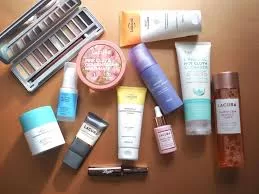
The Ethics of Buying Affordable Alternatives
What Are Beauty Dupes?
A beauty dupe (short for “duplicate”) is a legally manufactured product that mimics the look, feel, or performance of a high-end beauty item at a much lower price. These alternatives are developed by reputable brands using their own unique formulations, offering budget-friendly options without violating trademarks or copying patented formulas. Unlike counterfeits, dupes are inspired by luxury products rather than being direct replicas.
Why Are Beauty Dupes Ethical?
Legal and Safe – Produced by established companies that follow industry regulations.
Affordable – Allows consumers to enjoy high-quality beauty without the premium price tag.
Inspired, Not Copied – Uses independent formulas and distinct packaging, avoiding intellectual property theft.
Many beauty influencers and makeup enthusiasts swear by dupes as an effective way to achieve luxurious looks on a budget.
What Are Makeup Dupes?
Makeup dupes specifically refer to cosmetics that closely resemble high-end products in color, texture, or finish but come at a significantly lower price. These alternatives are widely available at drugstores, online retailers, and even through viral recommendations on social media.
Foundation Dupes: A Popular Trend
Foundation dupes have gained massive popularity because high-end foundations often come with steep price tags. Dupes offer a cost-effective way to achieve a flawless finish without sacrificing performance. Many drugstore brands now formulate products that rival luxury foundations in terms of coverage, longevity, and skin benefits.
One well-known foundation dupe is the L’Oréal Infallible Pro-Matte Foundation, which is often compared to the Estée Lauder Double Wear Stay-in-Place Foundation. The L’Oréal version delivers a similar long-wearing, full-coverage matte finish—but at a fraction of the price. Many users claim it performs just as well, making it a go-to dupe for those who want high-end results without the high-end cost.
The Hidden Issues with Dupe Culture
While beauty dupes offer an affordable way to achieve high-end looks, dupe culture comes with ethical, economic, and quality concerns that are often overlooked.
1. Undermining Innovation and Originality
Luxury beauty brands invest years of research, development, and testing to create innovative, high-performance products. When affordable brands release nearly identical alternatives, they benefit from these efforts without contributing to the original innovation. Over time, this can discourage premium brands from pushing boundaries in beauty formulation, as their hard work is quickly replicated and sold at a fraction of the cost.
2. Ingredient Quality and Skin Safety
While some dupes deliver impressive results, not all are created equal. High-end brands use carefully selected, dermatologist-tested ingredients designed for safety and effectiveness. Some makeup dupes, in an effort to cut costs, may substitute lower-quality ingredients that can lead to irritation, breakouts, or allergic reactions. This is especially concerning for products like foundations, lipsticks, and eyeliners that sit on the skin for long hours.
3. The Fast Beauty Problem
Dupe culture fuels a fast fashion mindset in beauty, encouraging mass consumption of trend-driven products. The demand for cheaper, quick-turnaround alternatives leads to excessive waste, overproduction, and environmental harm. Many affordable beauty brands operate on high-volume production cycles, which can contribute to unsustainable sourcing practices, increased plastic waste, and unethical labor conditions.
Striking a Balance: Smart and Ethical Beauty Shopping
While dupes can be a great way to save money, it’s important to shop responsibly. Supporting brands that prioritize quality, ethical manufacturing, and sustainability ensures a more balanced beauty industry. Instead of chasing every trendy dupe, consider investing in a mix of affordable and high-end products that align with your values.
Would you rather buy smart and sustainable or contribute to the growing fast beauty crisis? The choice is in your hands!
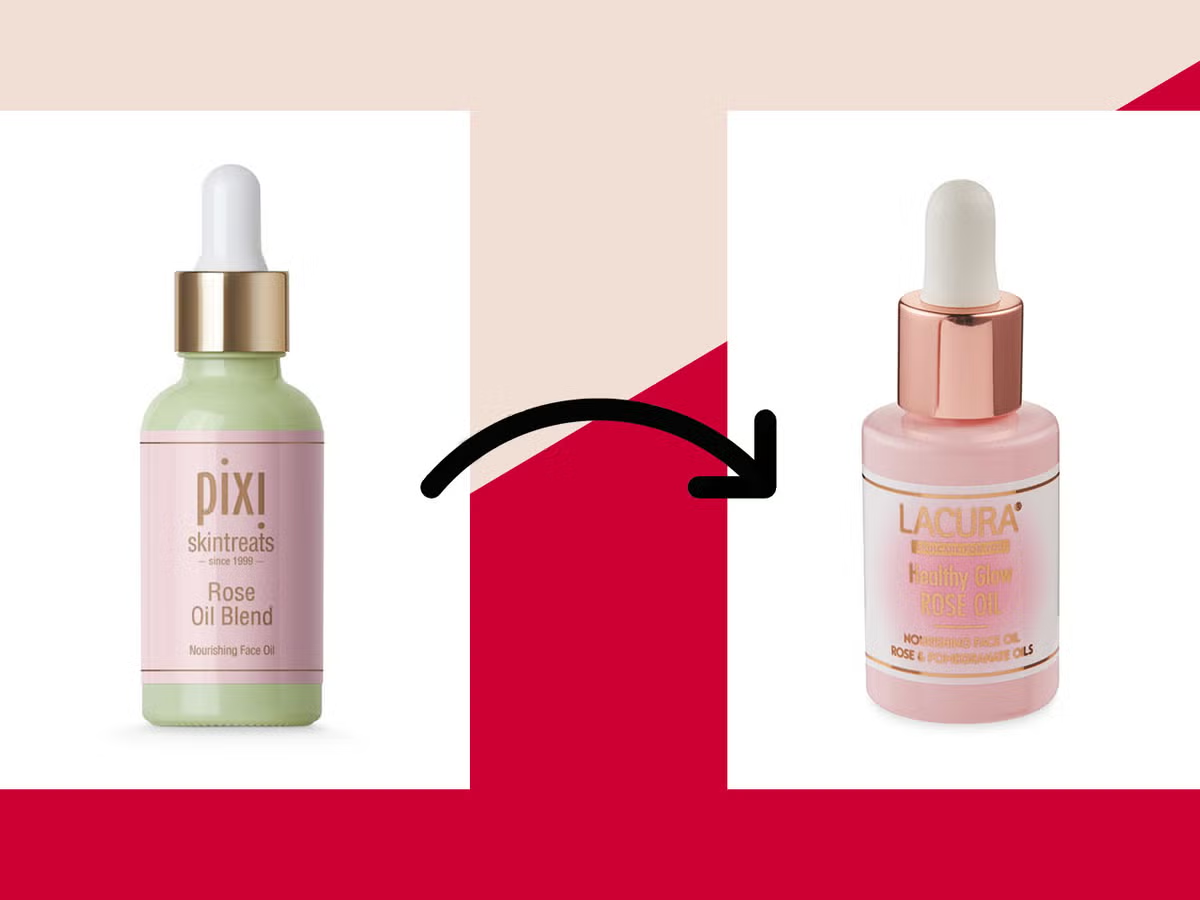
The Charlotte Tilbury Hollywood Flawless Filter and Its Dupes
One of the most replicated beauty products in recent years is the Charlotte Tilbury Hollywood Flawless Filter. This luxurious hybrid between a primer and a highlighter is designed to deliver a radiant, lit-from-within glow. The original product retails for $49, but dupes from brands like e.l.f. Halo Glow Liquid Filter ($14) and L’Oreal True Match Lumi Glotion ($12.99) have flooded the market, offering budget-friendly alternatives.
Why Is It a Target for Dupes?
The popularity, high price point, and versatility of the Hollywood Flawless Filter make it an attractive product to dupe. Consumers love its ability to be worn alone, under foundation, or as a highlighter, prompting brands to create similar-looking formulas at a fraction of the price.
The Problem with Dupes
While some dupes come close in performance, many cut corners in ingredient quality. Lower-cost formulas may include cheap fillers, synthetic fragrances, and pore-clogging ingredients that can irritate sensitive skin. Additionally, supporting dupe culture devalues the work of luxury beauty brands, which invest years into research, development, and safety testing.
Charlotte Tilbury, like other premium beauty brands, pours resources into innovation, from selecting high-quality skincare-infused ingredients to formulating a product that delivers both immediate and long-term benefits. By choosing dupes over the original, consumers may be unknowingly undermining creativity and research in the beauty industry.
Ethical Beauty: Quality Over Quantity
While it’s tempting to save money on makeup, it’s important to consider the ethical and personal implications of supporting dupes. Investing in high-quality beauty products not only ensures better performance and skin safety but also supports brands that prioritize innovation and sustainability.
Would you rather opt for trusted quality or take a risk on an unknown formula? Beauty is an investment—choose wisely!
What Are the Potential Benefits of Dupe Culture?
One of the key advantages of dupe culture in the cosmetics industry is its ability to make makeup more affordable and accessible to a broader audience. High-end beauty products often come with steep price tags, making them out of reach for many consumers. Dupes, however, provide a budget-friendly alternative that often delivers comparable quality, allowing more people to enjoy similar looks and experiences without breaking the bank. This affordability encourages experimentation, enabling consumers to explore a variety of shades, finishes, and formulas without the financial risk of investing in luxury products. For beginners or those still refining their personal style, dupes can be an invaluable tool for discovery and self-expression.
That said, the rise of dupe culture also sparks conversations about innovation and ethics in the beauty industry. As popular products inspire countless imitations, some view dupes as a way to democratize beauty, while others raise concerns about the implications of copying successful formulas. Deciding whether to purchase an original product or a dupe ultimately comes down to personal preference, budget, and values. The beauty world is ever-changing, with new trends and products constantly emerging. Whether you opt for the iconic Hollywood Flawless Filter or a more affordable alternative, the goal remains the same: to have fun, embrace creativity, and express yourself in a way that feels genuine and true to who you are.
The Bottom Line: Beauty Without Breaking the Bank
Beauty dupes provide an ethical, budget-friendly way to enjoy high-quality makeup and skincare without resorting to counterfeits. Whether you’re looking for a foundation dupe, a luxury lipstick alternative, or an affordable eyeshadow palette, there are plenty of legitimate options available. By choosing dupes over fakes, you ensure both safety and quality while still indulging in beauty trends.
Would you rather splurge on high-end cosmetics or discover affordable gems that deliver similar results? The choice is yours!
What Are Counterfeit Beauty Products?
Counterfeit beauty products are unauthorized replicas of popular cosmetics, skincare, and haircare items. These fake products are deliberately designed to imitate the packaging, branding, and appearance of genuine high-end beauty items. However, they are produced illegally without the approval of the original brand and often lack proper safety regulations.
Unlike authentic products, counterfeit beauty items are typically manufactured without quality control or adherence to safety standards. This poses significant risks to consumers, including:
Skin irritation and allergic reactions due to unregulated ingredients
Contamination with bacteria or toxic substances
Long-term health risks from harmful chemicals like lead or mercury
While counterfeit beauty products are a growing concern, they are just one part of a larger counterfeiting problem. Many other consumer goods—including electrical equipment, batteries, life jackets, and smoke alarms—are frequently counterfeited, posing serious safety hazards. Recognizing the dangers of fake beauty products is essential, but consumers should also be aware of the broader impact of counterfeiting across various industries.
Counterfeit beauty products are often sold through unauthorized channels, including unverified online marketplaces, social media ads, third-party sellers, and street vendors. These products are typically priced far below retail value, making them enticing to budget-conscious shoppers. However, while they may look nearly identical to genuine items, they lack the research, innovation, and quality assurance that legitimate brands invest in.
Beyond health risks, purchasing counterfeit beauty products fuels illegal operations, including intellectual property theft and unsafe manufacturing practices. Counterfeit sales undermine the integrity of the beauty industry, impacting both brands and consumers who expect safe, high-quality products.
To protect yourself from counterfeit beauty products:
- Buy from authorized retailers (brand websites, department stores, or trusted beauty retailers)
- Verify the authenticity of third-party sellers before purchasing
- Be cautious of deep discounts—if a deal seems too good to be true, it likely is
- Check product details, including packaging, labeling, and batch codes, for inconsistencies
Staying informed and shopping responsibly helps ensure that you’re purchasing safe, authentic beauty products while discouraging the spread of counterfeits.
Beauty Dupes vs. Counterfeits
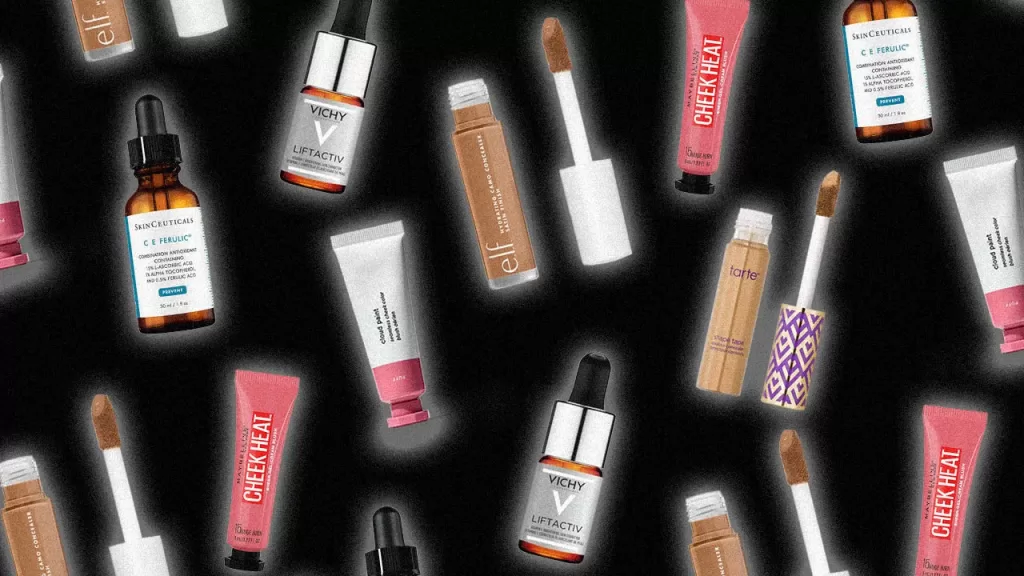
Why Are Counterfeits Unethical and Dangerous?
Counterfeit beauty products are not only illegal but also pose significant ethical and safety concerns. Here’s a deeper look at why they are problematic:
❌ Illegal – Violates Trademarks and Intellectual Property Laws
Counterfeit products are unauthorized replicas that infringe on the trademarks, copyrights, and intellectual property rights of legitimate brands. By copying logos, packaging, and product designs, counterfeiters deceive consumers and profit from the hard work, innovation, and reputation of established companies. This undermines the integrity of the beauty industry, stifles creativity, and harms the businesses that invest heavily in research, development, and branding.
❌ Health Risks – Often Contain Toxic Ingredients
One of the most alarming dangers of counterfeit beauty products is their potential to harm consumers’ health. Because these products are produced illegally and without oversight, they often contain harmful substances such as lead, mercury, arsenic, and even bacteria. These toxic ingredients are not only unregulated but are also frequently used in unsafe concentrations. Prolonged use of such products can lead to serious health issues, including skin damage, chemical burns, hormonal disruptions, and even long-term organ damage. Unlike legitimate brands, counterfeiters do not conduct safety testing or adhere to quality standards, putting consumers at significant risk.
❌ Poor Quality – Inferior Formulas and Unreliable Results
Counterfeit beauty products are typically made with cheap, substandard ingredients to maximize profits. These inferior formulas often fail to deliver the promised results and can cause adverse reactions such as skin irritation, rashes, acne, or infections. For example, counterfeit makeup may contain allergens or irritants, while fake skincare products might lack the active ingredients needed to be effective. The poor quality of these products not only wastes consumers’ money but also risks damaging their skin and overall well-being.
❌ Supports Illegal Activities and Exploitation
Purchasing counterfeit goods often funds organized crime, including human trafficking, child labor, and other unethical practices. The profits from counterfeit sales are frequently used to sustain illegal operations, creating a cycle of harm that extends far beyond the beauty industry. By buying counterfeit products, consumers inadvertently support these criminal networks and contribute to the exploitation of vulnerable individuals.
❌ Lack of Accountability and Recourse
Unlike legitimate brands, counterfeiters operate in the shadows, making it nearly impossible for consumers to hold them accountable for any harm caused by their products. If a counterfeit product causes an adverse reaction, there is no customer service, no refund policy, and no legal recourse. This lack of accountability leaves consumers unprotected and without support
In summary
Counterfeit beauty products are unethical because they violate intellectual property laws, exploit consumers, and fund illegal activities. They are dangerous because they often contain toxic ingredients, lack quality control, and pose serious health risks. To protect yourself and support ethical practices, always purchase beauty products from authorized retailers and trusted sources. Avoiding counterfeits is not just about protecting your skin—it’s about making responsible choices that uphold safety, integrity, and fairness in the beauty industry.
Authorities worldwide crack down on counterfeit beauty sales, but they still flood online marketplaces, making it crucial to shop wisely.
How widespread is the purchase of counterfeit goods among U.S. Consumers?
Surprisingly, it’s more common than you might think. Over one in four American buyers—specifically 26%—have purchased counterfeit products. This statistic sheds light on the significant challenge of counterfeit goods infiltrating the market, affecting various industries from fashion to electronics. The allure of lower prices often entices buyers, but it underscores the need for increased consumer awareness and vigilant purchasing practices.
What are the Environmental Consequences of Producing Counterfeit Goods?
Producing counterfeit goods comes with several alarming environmental impacts. Here’s a breakdown of the issues:
- Toxic Materials: Many counterfeit products are manufactured using substandard or hazardous materials, which can leach dangerous chemicals into the environment.
- Polluted Waterways: The production process often involves improper waste management, with factories dumping harmful byproducts directly into rivers and lakes, contaminating water sources and harming aquatic life.
- Increased Waste: Counterfeit items are typically designed to be low-cost and low-quality, leading them to break or wear out quickly. Consequently, these products often end up discarded in landfills, contributing to the growing waste management crisis.
In essence, the counterfeit industry not only undermines legitimate businesses but also poses a significant threat to environmental health. By choosing genuine products, consumers can help mitigate these detrimental effects.
Ingredients Comparison: Are Dupes as Effective?
How Do Dupes Compare to High-End Products?
Beauty dupes often use similar but not identical formulations. While luxury brands invest in premium ingredients and advanced technology, affordable alternatives can still provide effective results.
Key Ingredient Differences
| Ingredient | Luxury Product | Dupe |
|---|---|---|
| Hyaluronic Acid | High concentration for deep hydration | Lower concentration, still moisturizing |
| Retinol | Encapsulated for slow release | Basic form, may be less stable |
| Fragrance | High-quality natural extracts | Synthetic alternatives |
| Pigments | Finely milled, rich color payoff | Slightly less intense but buildable |
While some beauty dupes come close to premium brands, certain high-end formulations use patented ingredients that can’t be exactly replicated. If a product seems too similar at a significantly lower price, it might be a counterfeit instead.
Only a quarter of Americans ensure the products they buy comply with safety regulations.
Beauty Dupes vs. Counterfeits
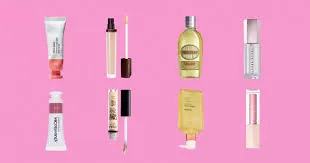
How to Spot Counterfeit Products Online
1. Check the Seller’s Reputation
✅ Buy from official brand websites, authorized retailers, or well-reviewed sellers.
❌ Avoid listings with vague seller information, especially on third-party marketplaces.
2. Compare the Packaging
✅ Authentic brands have consistent fonts, logos, and packaging details.
❌ Counterfeits often have misspellings, misaligned text, or poor-quality printing.
3. Analyze the Price
✅ Dupes are affordable but realistically priced.
❌ If a $50 product is being sold for $5, it’s likely a fake.
4. Look at the Ingredients List
✅ Reputable brands disclose ingredients on official sites.
❌ If an ingredient list is missing or different from the brand’s website, it’s suspicious.
5. Read Customer Reviews
✅ Verified buyers provide real feedback with photos.
❌ Beware of generic, overly positive reviews that lack detail.
6. Test the Product
✅ Authentic makeup applies smoothly and blends well.
❌ Counterfeit cosmetics may feel chalky, patchy, or have a strong chemical smell.
The Impact of Counterfeit Products on Businesses and Consumers
Counterfeit products have far-reaching consequences for both businesses and consumers. While they may appear to be inexpensive alternatives, the hidden costs include lost revenue, damaged reputations, safety risks, and weakened consumer trust. Understanding these impacts can help both companies and buyers make more informed choices.
1. Financial and Reputational Damage to Businesses
Counterfeiting leads to billions of dollars in lost revenue each year for legitimate brands. When consumers buy fake products instead of authentic ones, companies lose potential sales, which affects their ability to invest in new products, research, and growth.
Beyond revenue loss, counterfeits can severely damage a brand’s reputation. If a counterfeit product is low quality or unsafe, consumers may unknowingly associate these flaws with the real brand, leading to declining trust and brand devaluation.
2. Erosion of Consumer Confidence
Counterfeit goods create a sense of betrayal among buyers. When consumers unknowingly purchase a fake, they feel deceived and may lose confidence in the brand they believed they were supporting. This loss of trust extends beyond a single company—it affects the entire industry, making consumers wary of future purchases.
3. Safety Risks and Poor Product Quality
Unlike authentic products, counterfeit items often bypass safety regulations and quality control standards. This is especially dangerous in industries like beauty, pharmaceuticals, and electronics, where poor formulations or faulty components can pose serious health and safety risks. For example:
- Fake cosmetics may contain harmful chemicals, bacteria, or allergens that cause skin irritation or infections.
- Counterfeit electronics often overheat, malfunction, or pose fire hazards due to substandard materials.
- Imitation pharmaceuticals may lack the correct dosage of active ingredients, making them ineffective or even lethal.
4. Intellectual Property Theft and Decline in Innovation
Counterfeit products exploit stolen intellectual property, including trademarks, patents, and proprietary formulas. This undermines innovation by discouraging companies from investing in new technology or product development. If brands cannot protect their ideas, they may hesitate to introduce groundbreaking advancements, stalling progress across multiple industries.
5. The Call for Smarter Consumer Choices
The effects of counterfeit products are widespread and damaging, affecting everyone from major corporations to everyday consumers. By choosing to buy from trusted retailers and verified sources, consumers can:
✔ Protect themselves from substandard and unsafe products.
✔ Support ethical businesses that invest in quality and innovation.
✔ Help combat the financial losses and reputational harm caused by counterfeiting.
Awareness and vigilance are key in reducing the demand for counterfeit goods. The next time you shop, consider whether a “bargain” is worth the risks—and whether it’s truly supporting the brands you trust.
Why is it difficult to eliminate counterfeit sellers, especially online?
Eliminating counterfeit sellers, particularly in the vast landscape of the internet, poses significant challenges. These sellers often operate without using the products themselves, allowing them to dodge immediate detection. Once authorities manage to shut down one counterfeit operation, another quickly takes its place, making it a relentless game of whack-a-mole.
The anonymity of the digital world further complicates efforts to track these sellers. Online platforms facilitate an environment where counterfeit goods can be marketed and sold with little oversight. The global nature of e-commerce means that sellers can operate across borders, complicating jurisdictional enforcement.
Addressing this issue effectively requires a collaborative approach. By uniting law enforcement, governmental bodies, businesses, and other organizations, we can develop strategies and share insights. This collective effort can lead to more robust defenses against the infiltration of counterfeit goods in the market.
Beauty Dupes vs. Counterfeits
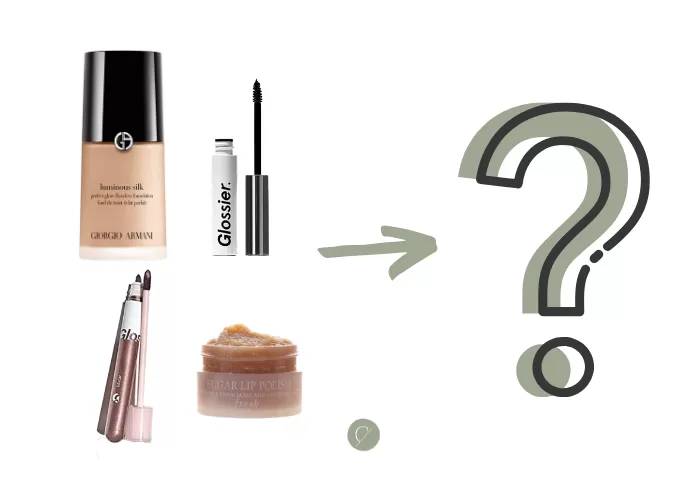
Global Initiatives to Combat Counterfeit Dangers and Enhance Enforcement
Over the past century, significant strides have been made globally to create safer societies by addressing the risks posed by counterfeit goods. This September marks a pivotal moment with the collaboration of international bodies and law enforcement agencies such as Interpol and the Norwegian Police Service. These organizations will converge in Oslo, Norway, for the 2023 International Law Enforcement IP Crime Conference.
Key Objectives and Opportunities
- Raising Awareness: The conference aims to shine a light on the pervasive issue of counterfeit products. By discussing real-world challenges, attendees will better understand how these falsified items undermine consumer safety and economic stability.
- Strengthening Enforcement: Collaborative efforts will focus on developing more robust enforcement strategies. By sharing insights and tools, law enforcement agencies can gain a tactical edge in the fight against IP crimes.
- Networking and Collaboration: Bringing together diverse stakeholders from around the globe creates an invaluable platform for exchanging ideas and forging partnerships. This collaboration is crucial for devising innovative solutions to complex problems.
The joint efforts represented at this conference are pivotal in shaping a coordinated international response to the counterfeiting crisis. Together, the global community leverages shared knowledge to push for an impactful and sustainable reduction in these illegal activities.
FAQs: Beauty Dupes vs. Counterfeits
1. What is the difference between a beauty dupe and a counterfeit?
A beauty dupe is a legally made product that mimics the shade, texture, or effect of a high-end item without copying branding or trademarks. A counterfeit is an illegal replica designed to look identical to an authentic product, often using fake packaging and branding to deceive consumers.
2. Are beauty dupes safe to use?
Most beauty dupes from reputable brands are safe, as they follow industry regulations. However, counterfeit products are unregulated and may contain harmful ingredients, allergens, or bacteria due to poor manufacturing standards.
3. Why do luxury brands cost more than dupes?
Luxury beauty brands invest in research, high-quality ingredients, and extensive product testing, which increases costs. Dupes often skip the innovation process, using more affordable ingredients to create a similar effect at a lower price.
4. How can I tell if a product is counterfeit?
Look for red flags such as:
✔ Prices that seem too good to be true
✔ Misspelled labels or altered logos
✔ Different packaging, scent, or texture
✔ Products sold by unverified third-party sellers
5. Is it unethical to buy beauty dupes?
Dupes are legally produced and offer affordable alternatives without infringing on trademarks. However, supporting counterfeits harms businesses, promotes intellectual property theft, and may expose consumers to unsafe products.
6. Where can I safely buy authentic beauty products?
To avoid counterfeits, shop from official brand websites, authorized retailers, and trusted beauty stores like Sephora, Ulta, or department stores. Be cautious when purchasing from online marketplaces.
Conclusion: Shop Smart and Stay Safe
Understanding the difference between beauty dupes vs. counterfeits is crucial for ethical and safe shopping. Dupes offer affordable, legal alternatives to luxury beauty, while counterfeits pose serious health risks. By checking ingredients, packaging, and seller credibility, you can make informed purchases without compromising quality or safety.
Would you rather save on beauty with safe dupes or risk it all with counterfeits? Choose wisely and enjoy beauty without compromise!
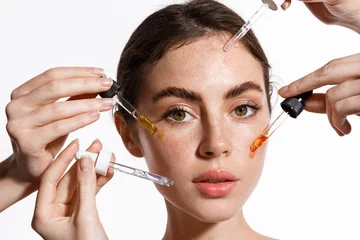
Explore more articles like this @ Where And How Resources
If you found this article helpful, don’t forget to share it with your friends and followers!
